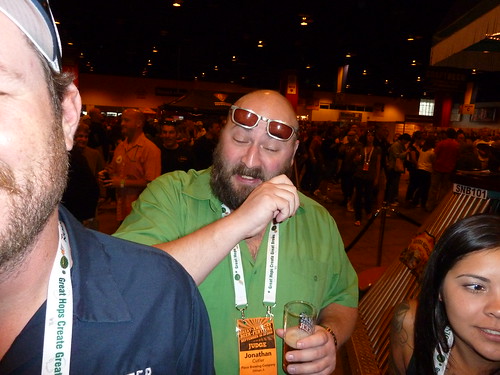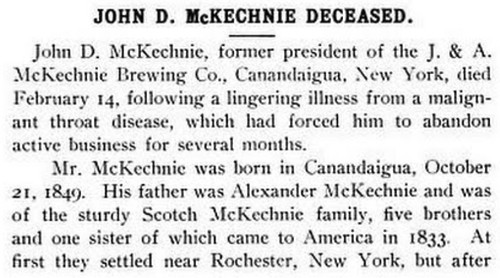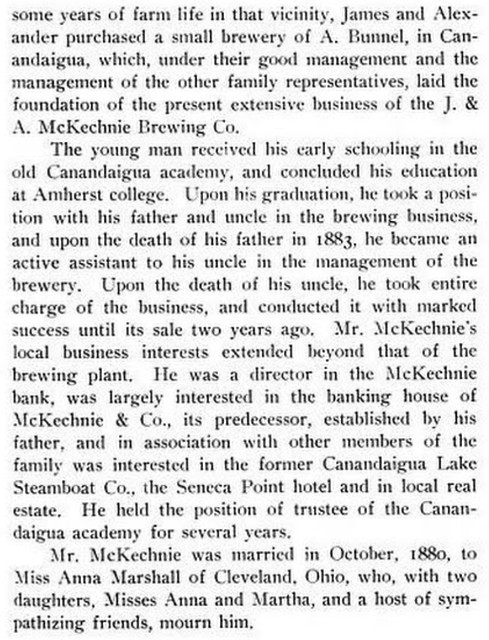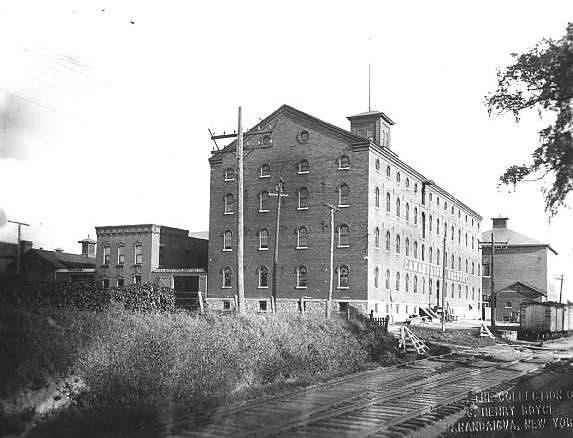
Today is the 63rd birthday of Chris Erickson, Director of Brewery Operations for Snake River Brewing. He’s been at the brewery for over twenty years, and I first met Chris at a GABF almost as long ago, and twice this year we judged together. Chris is a great brewer and helped put Snake River on the map, twice winning Small Brewery of the Year. Join me in wishing Chris a very happy birthday.

At the Snake River booth during GABF in 2002.

Chris (on the right) at the 2002 Great American Beer Festival.
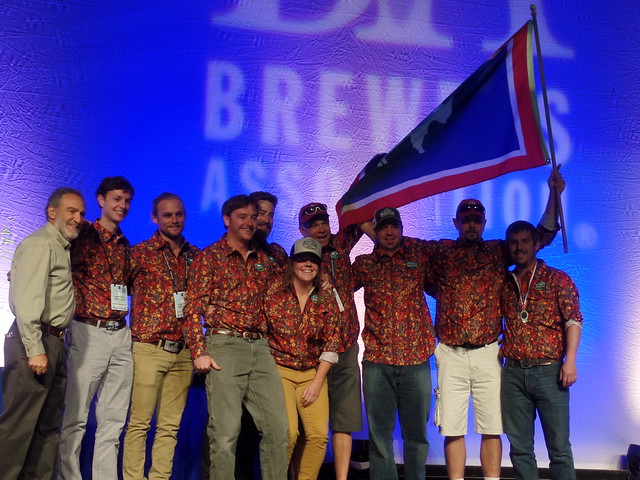
With the brewery team on stage at this year’s GABF Awards.
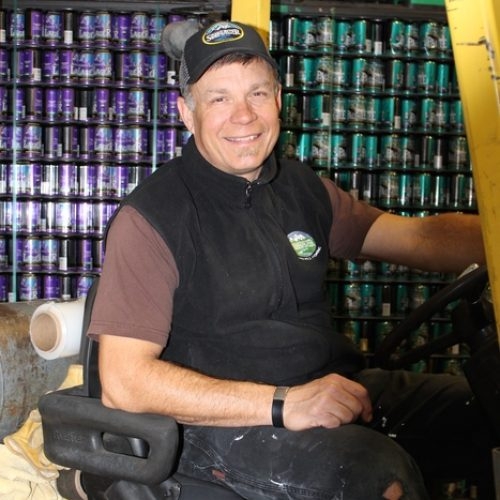
Rockin’ the Hyster.

In Belgium, c. 2009
[Note: Last two photos purloined from Facebook.]


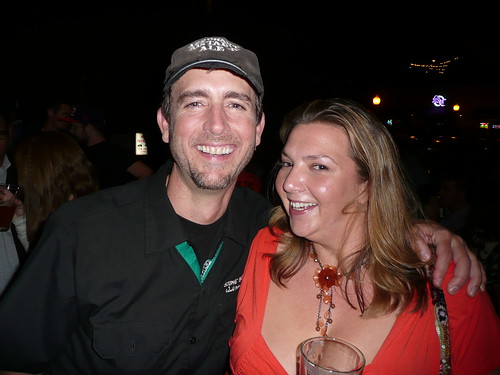


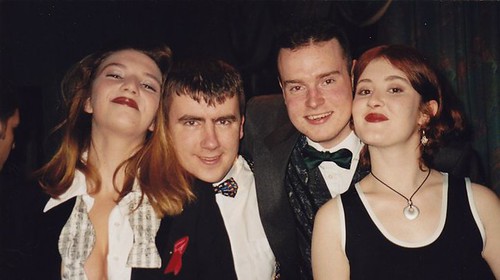

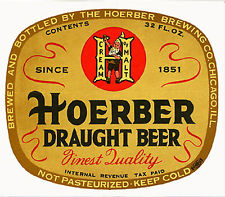
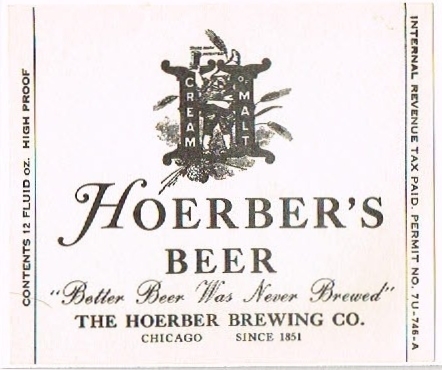

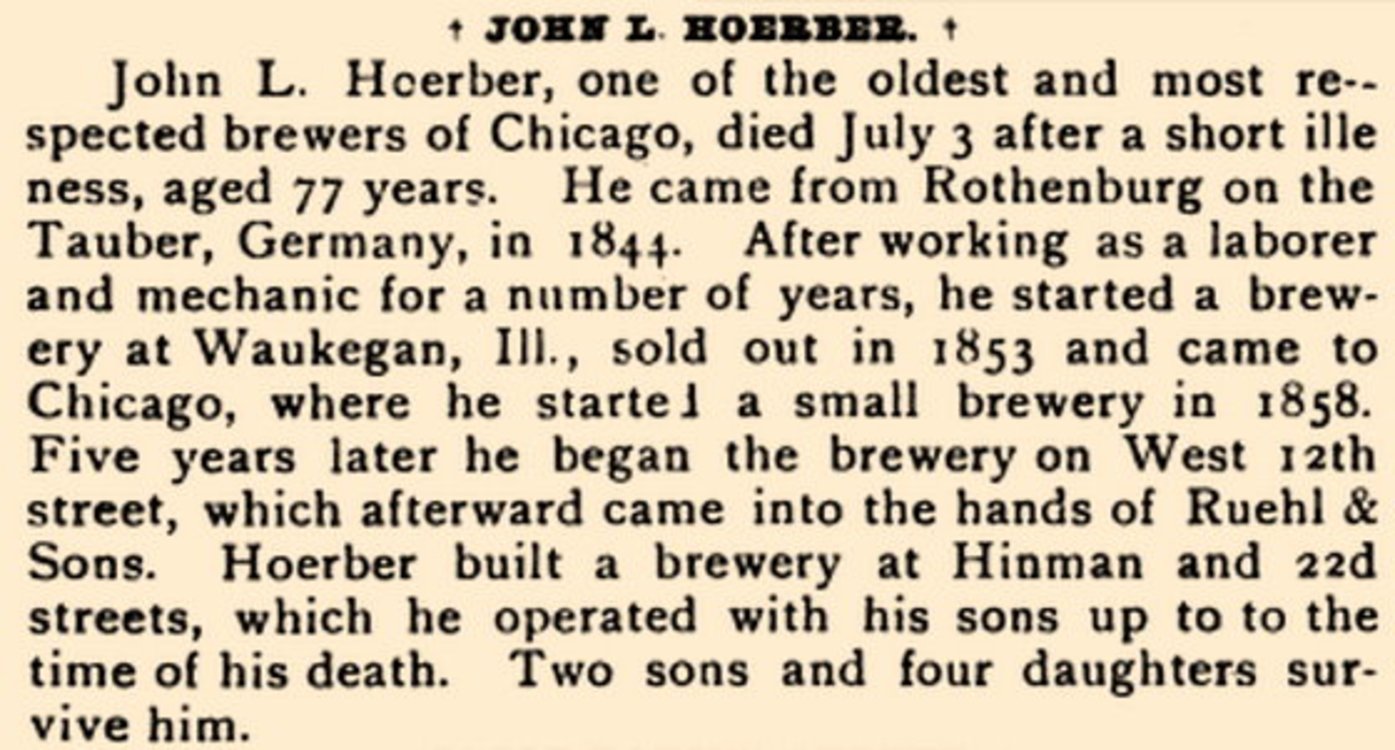
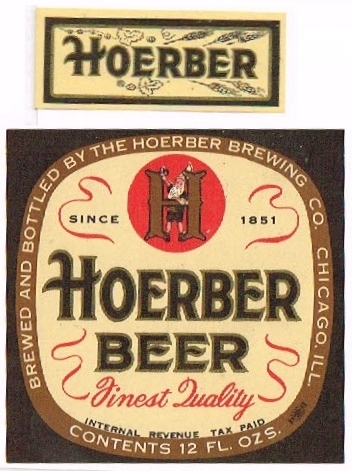
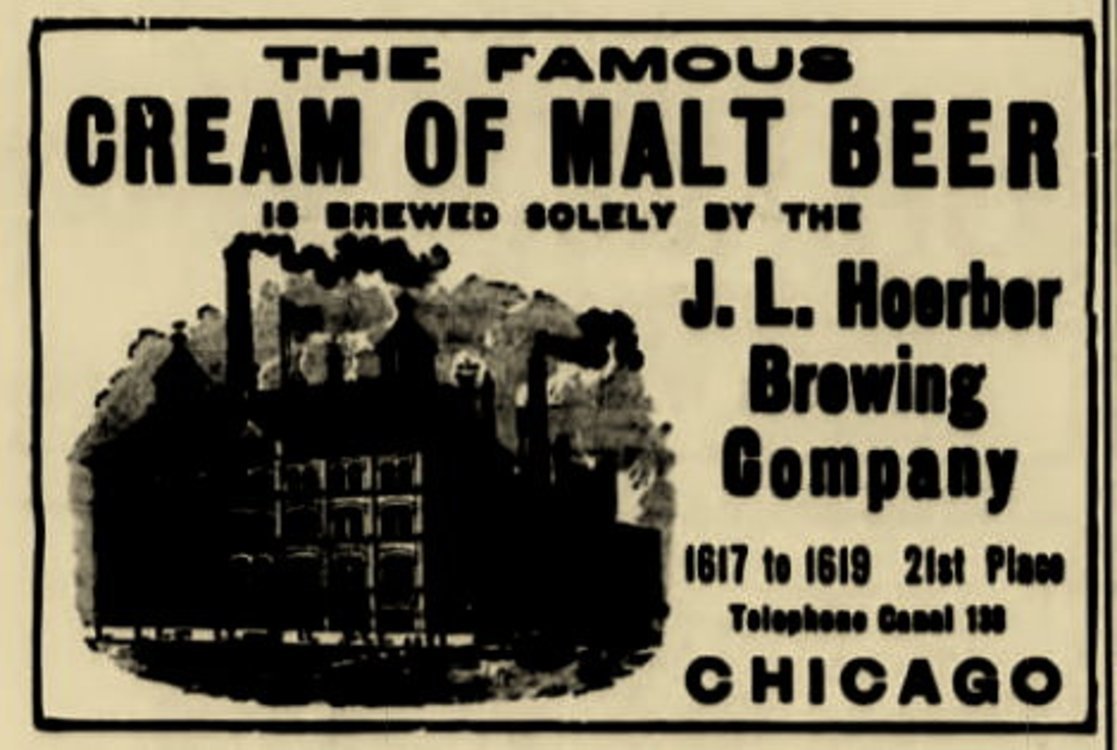

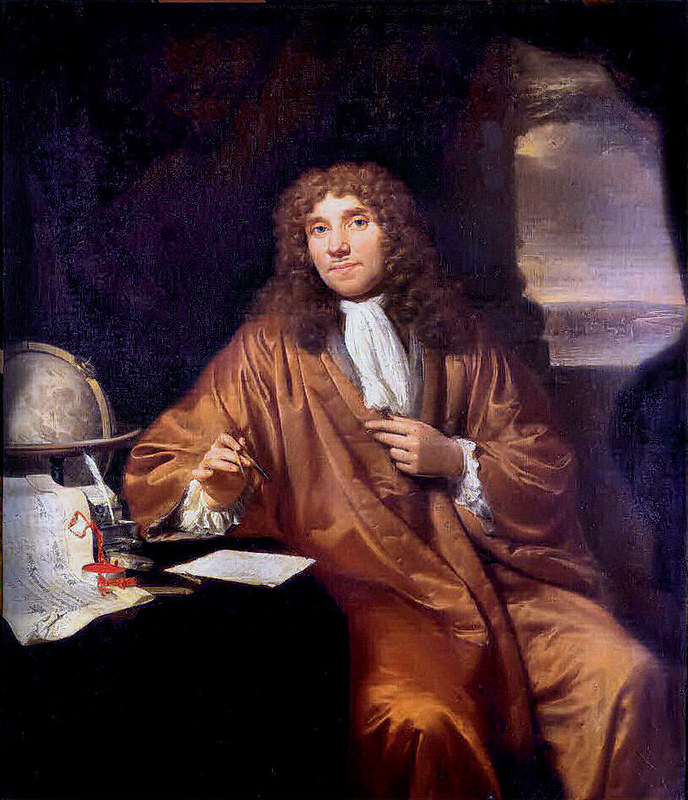
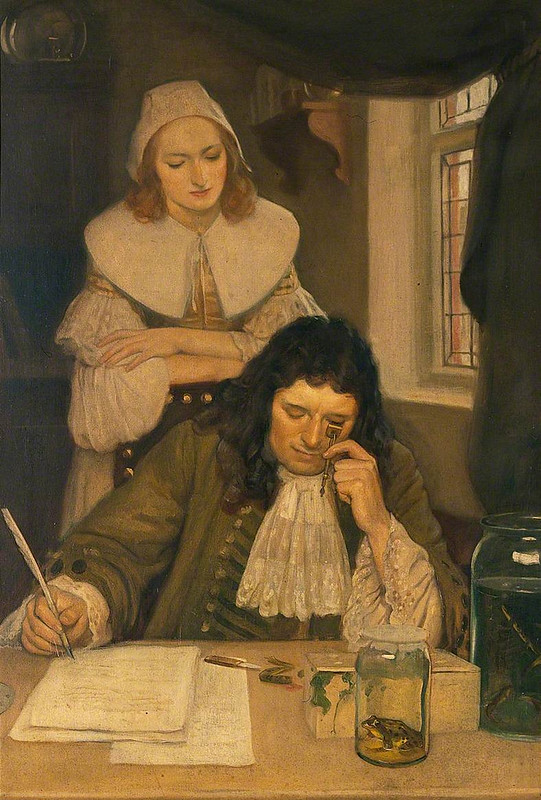

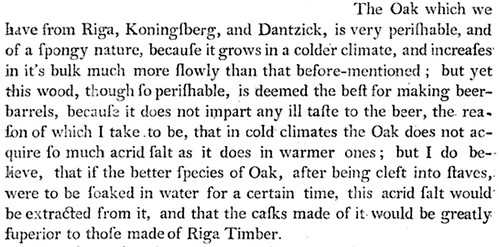

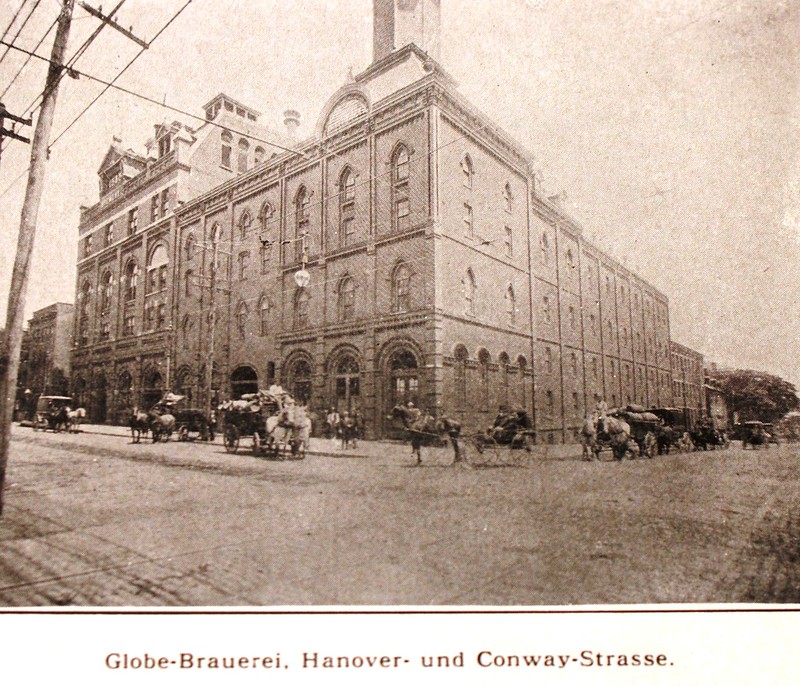
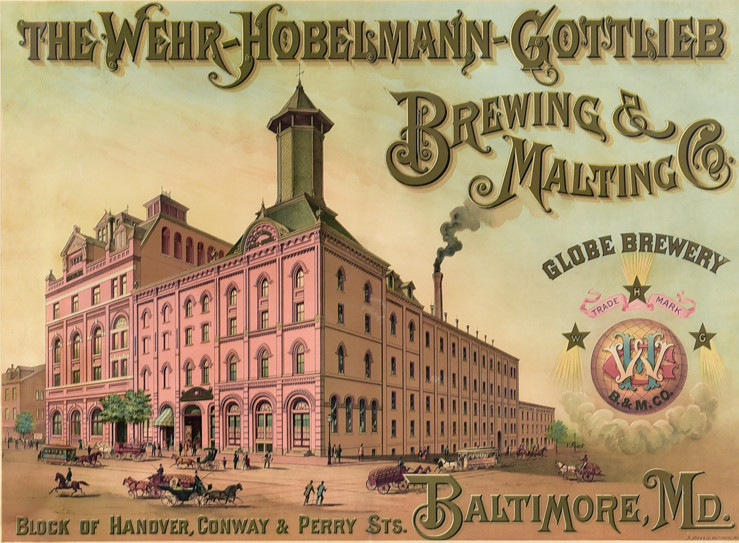
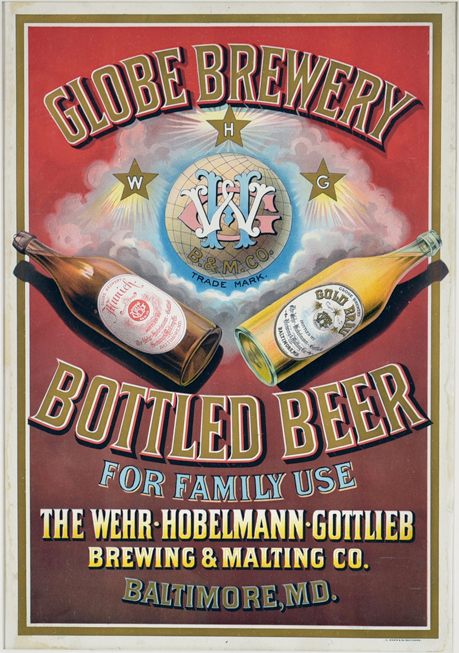


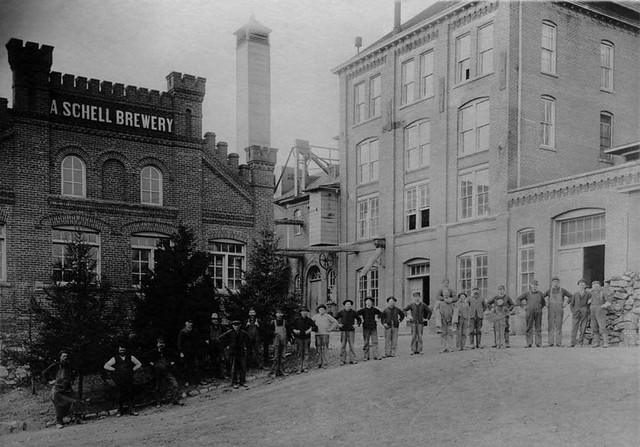


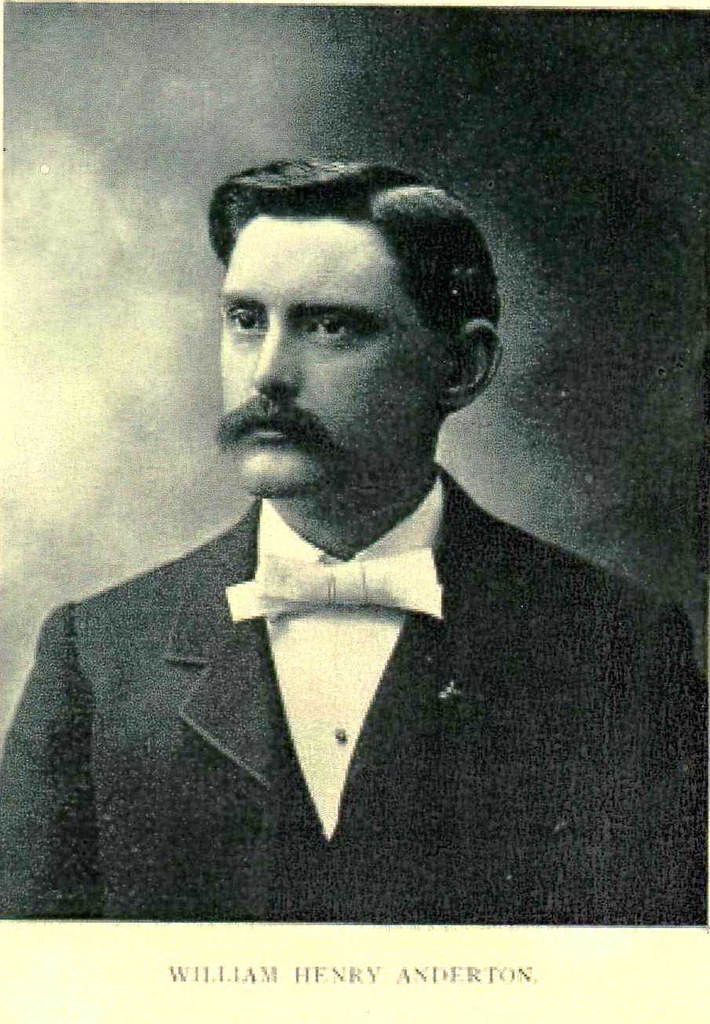




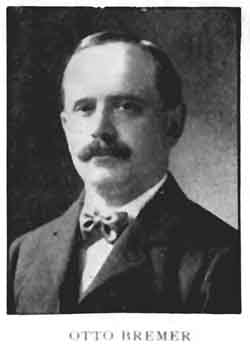

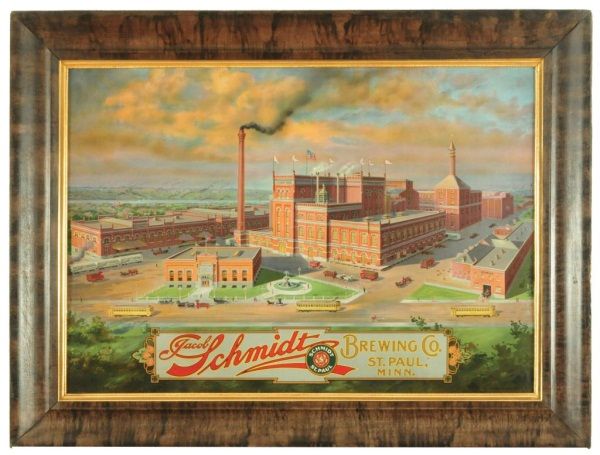
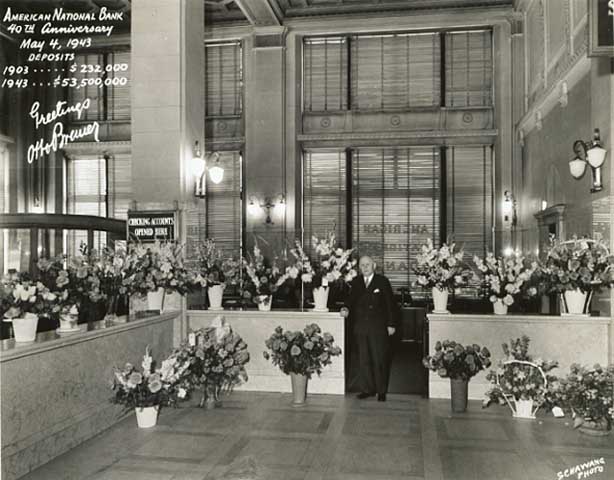



 At Stone Brewery during CBC in San Diego in 2008. From left: Peter Schell, Eric Rose (Hollister Brewing), Ian Ward (Brewers Supply Group), Jonathan Cutler (Piece Brewing), Chad Kennedy (Laurelwood Public House) and Fal Allen (now back at Anderson Valley).
At Stone Brewery during CBC in San Diego in 2008. From left: Peter Schell, Eric Rose (Hollister Brewing), Ian Ward (Brewers Supply Group), Jonathan Cutler (Piece Brewing), Chad Kennedy (Laurelwood Public House) and Fal Allen (now back at Anderson Valley).
